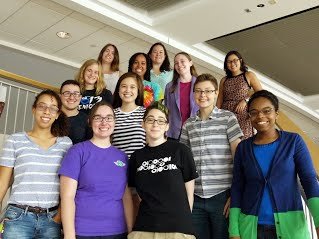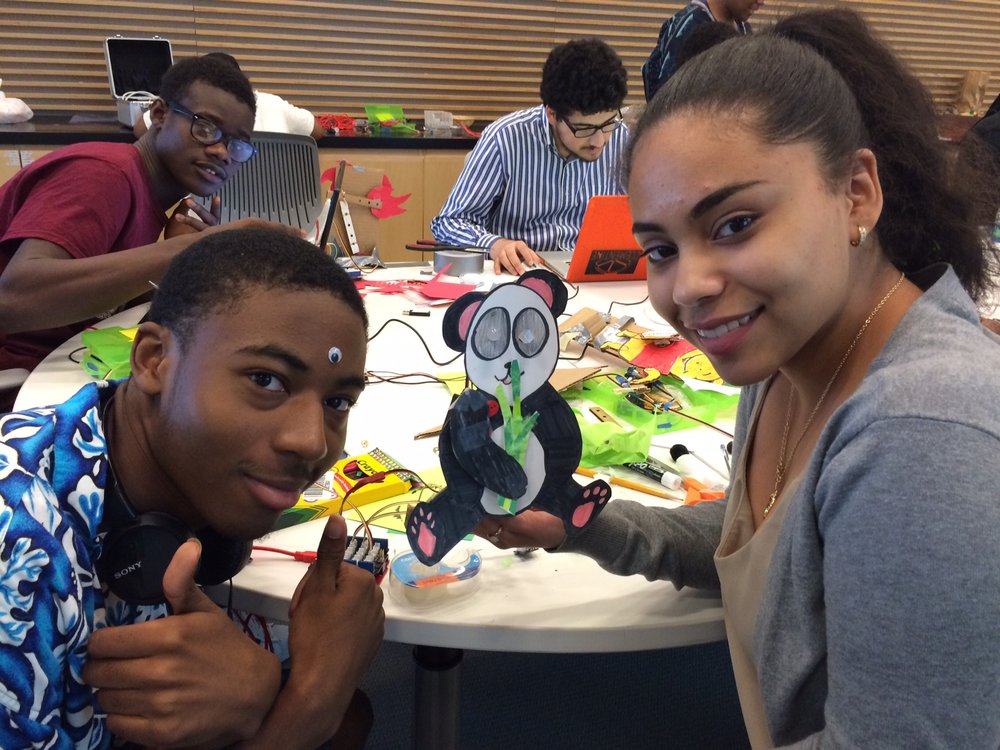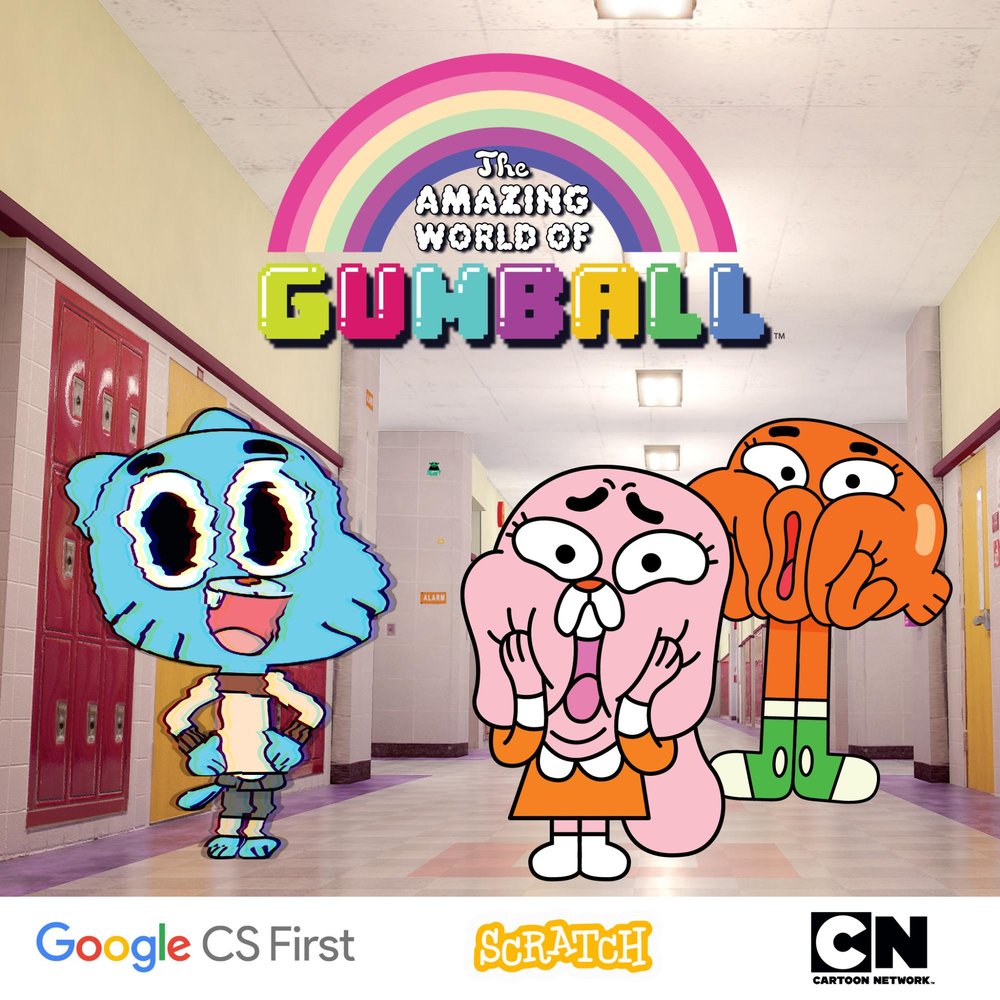We launched the CS Capacity program in 2015 to help address a very specific problem: the dramatic increase in undergraduate Computer Science (CS) enrollments, which is creating serious resource and pedagogical challenges for many colleges and universities. Through this program, we’ve been working alongside a diverse set of universitie—including George Mason University, Mount Holyoke College, Rutgers University, the University California, Berkeley, Duke University, North Carolina State University, the University of Florida, and the University of North Carolina—who each bring a unique approach to dealing with increasing numbers of students with a limited resources (including faculty and classroom space).
Two years in, we wanted to share an update on some of the projects and ideas that have emerged to help support the expansion of high-quality undergraduate CS programs:
Enabling self-paced learning
Allowing students to move through learning content at their own pace benefits students by enabling them to take as much or as little time as they need to master concepts and skills. It also reduces overcrowding in CS1 by moving students into higher level courses more quickly.
- The team at George Mason have developed an online system that provides self-paced learning for CS1 and CS2 classes, guiding learners through the materials quickly or slowly depending on their needs. The system, called SPARC, includes course content, practice and assessment exercises, mini-lectures and more.
- At Rutgers, they’re defining additional features to improve their use of Autolab (a course management system that include automated grading). This includes building a hint system to provide more information for students who are struggling with a concept or assignment, crowd-sourcing grading, and studying how students think about CS content and the kinds of errors they regularly make.
Ensuring better engagement of women and underrepresented students
Women and some populations of minority students are significantly underrepresented in CS programs. More research is needed to understand how these populations are being impacted by increased enrollments.
- The team at Rutgers has been exploring the gender gap at multiple levels using a longitudinal study across four required CS classes. They’re investigating several factors that may impact the retention of women and underrepresented student populations, including intention to major in CS, grades and prior experience.
- The Dept. of Computer Science at Duke has been conducting a systematic assessment of what student characteristics predict retention and success in its undergraduate program—focusing particularly on women, underrepresented minorities and first-generation college students.

Increasing access to mentorship and tutoring
Many CS programs are dealing with the significant increase in students in early CS courses by increasing the number of undergraduate tutors, creating a need for better tutor training.
- The MaGe Peer Mentor program at Mount Holyoke College has created online course curriculum that helps to recruit and train students to be undergraduate peer mentors, preparing them to provide effective feedback on coding assignments. They’ve made this content accessible online so that other institutions can also prepare their student tutors.
- At University of California, Berkeley, the team has instituted a small-group tutoring program that includes weekend mastery learning sessions, increased office hours support, designated discussions sections, project checkpoint deadlines, walkthrough videos, and a new office hours app that tracks student satisfaction.
- The team at Duke, NCSU, UNC and UF have created a free online tool called My Digital Hand (MDH) that helps manage and track data such as how many hours peer mentors are spending with mentees. The team has also been working on ASCEND (Adaptive Student Computing Environment with Natural Language Dialogue), a tool that allows students to share their projects and chat with their peer teaching fellows during lessons. ASCEND also logs all programming actions and chats.
These teams participating in CS Capacity program will continue to share their solutions and results with the community via conferences and publications. Several will be presenting papers on these new interventions and tools at the SIGCSE conference in March. If you’ll be there, please join the “New Tools and Solutions to Address the CS Capacity Crunch” panel discussion on Thursday, March 9 called from 3:45-5:00 pm.
Given the likelihood that CS undergraduate enrollments will continue to climb, it is critical that the CS education community continue to find, test and share solutions and tools that enable institutions to effectively teach more students while maintaining the quality of the education experience for students.


